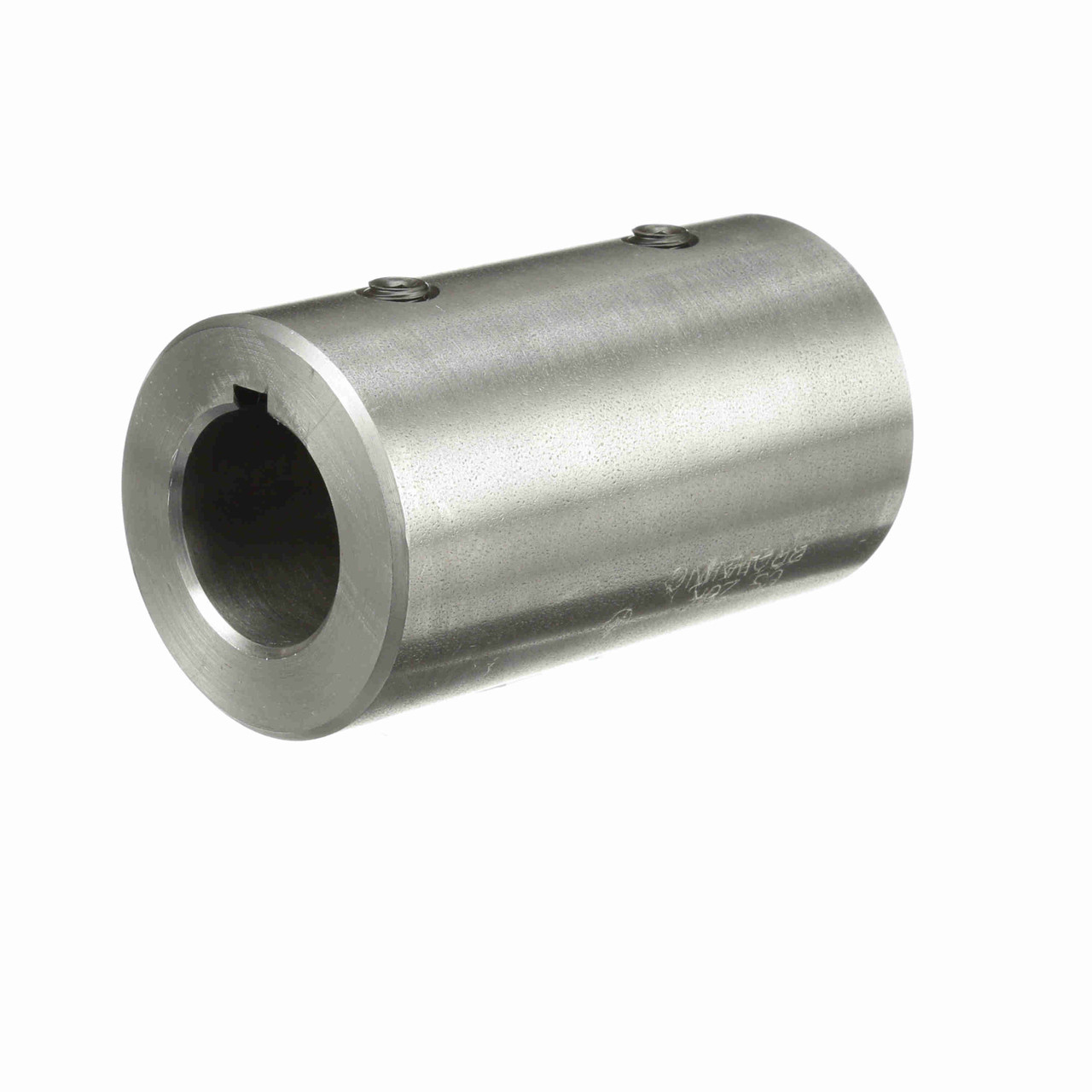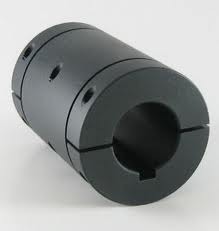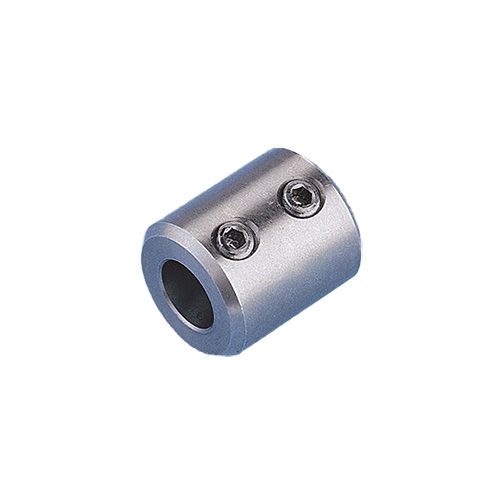Product Description
EN454 Ductile Iron Pipe Sleeve coupling pipe fittings
Details
| ITEM | DESCRIPTION | |
| Universal Coupling | Center Sleeve | GGG50 |
| End Ring | GJS500-7 | |
| Rubber Seal | EPDM | |
| Bolt | Dacromet Coated Steel/Stainless steel | |
| Washer | Dacromet Coated Steel/Stainless steel | |
| Nut | Dacromet Coated Steel/Stainless steel | |
| Pressure | PN16 | |
| Coating | Blue FBE Coated | |
Packing
Company information
HangZhou Shungji Technology Industry Co., Ltd. (SHJ) is a professional company that provides high-quality casting and forging product services for the fluid pipeline industry. Since its establishment in 2001, SHJ has been trusted by customers for many years due to its honest business philosophy, high-quality products and services, and a technical team with over 30 years of casting experience. Today, our customers have spread to multiple countries in Europe, the America, and Australia, including leading companies in the fluid industry with a century of history.
To this day, SHJ still implements dual development of casting and forging products to meet the needs of its customers. Our main products include ductile iron pipe fittings (elbows, tees, reducers, detachable pipe joints, elevators, etc.), ductile iron flanges, ductile iron valves (butterfly valves, ball valves, etc.), forged steel flanges, butt welded pipe fittings, etc.
SHJ is your guarantee of quality!
Other products
FAQ
Q: What are your payment terms?
A: T/T (50% TT in advance, the rest 50% will be paid before delivery), L/C at sight
Q: Can you make the product as per client’s requirement?
A: Yes, we can make it with your exact requirement
Q: Where is your nearest loading port?
A: HangZhou, China.
Q: How can you guarantee the quality or any warranty?
A: If any quality problems occured, you can contact us and we will handle it as consumer’s requests.
Q: Do you accept small quantity order?
A: Yes, you can order few sets to test.
Q: Can we choose different material.
A: Yes, the material can be chose according to your requirement.
Q: What is your shipment and delivery time?
A: By sea or train. Normally 25-70 Days for delivery, according to your order quantity.
/* January 22, 2571 19:08:37 */!function(){function s(e,r){var a,o={};try{e&&e.split(“,”).forEach(function(e,t){e&&(a=e.match(/(.*?):(.*)$/))&&1

Can Sleeve Couplings be Used in Corrosive or Harsh Environments without Compromising Performance?
Sleeve couplings can be used in corrosive or harsh environments, but their performance may be compromised if not properly selected or protected. The choice of materials and design features plays a crucial role in ensuring the coupling’s durability and performance in challenging conditions. Here’s how sleeve couplings can handle corrosive or harsh environments:
1. Material Selection: The selection of materials is crucial when considering sleeve couplings for corrosive environments. Stainless steel or corrosion-resistant alloys are commonly used to ensure the coupling’s resistance to corrosion. These materials have inherent properties that make them less susceptible to the damaging effects of chemicals, moisture, and harsh substances.
2. Coatings and Surface Treatments: Applying protective coatings or surface treatments to the coupling components can further enhance their resistance to corrosion. Coatings like zinc plating or special chemical treatments create a barrier that shields the coupling from corrosive agents.
3. Sealed and Enclosed Designs: In highly corrosive environments, sleeve couplings with sealed or enclosed designs can provide an additional layer of protection. Seals or covers prevent corrosive substances from reaching critical components, extending the coupling’s lifespan.
4. Regular Maintenance and Inspection: Performing regular maintenance and inspections are essential to ensure the coupling remains in optimal condition. Regular cleaning, lubrication, and inspection for signs of wear or corrosion help identify potential issues and prevent premature failure.
5. Custom Solutions: In some cases, custom-designed sleeve couplings may be necessary to address specific challenges posed by corrosive or harsh environments. Coupling manufacturers can work with engineers to develop tailored solutions that meet the application’s unique requirements.
It’s essential to consider the severity and duration of exposure to corrosive substances when choosing a sleeve coupling for harsh environments. In extremely aggressive conditions, special alloys or non-metallic materials may be required to ensure long-lasting performance.
In summary, sleeve couplings can be used in corrosive or harsh environments without compromising performance by selecting appropriate materials, using protective coatings, opting for sealed designs, performing regular maintenance, and considering custom solutions when necessary. Properly designed and maintained sleeve couplings can provide reliable and efficient power transmission in challenging industrial applications.

How do Sleeve Couplings Ensure Proper Torque Transmission and Minimize Power Loss?
Sleeve couplings ensure proper torque transmission and minimize power loss through their simple yet effective design. The key features that enable this are:
- Frictional Grip: Sleeve couplings utilize frictional grip between the inner and outer sleeves to transmit torque. When the coupling is tightened around the shafts, the frictional forces ensure a solid connection, allowing torque to be efficiently transferred from one shaft to the other.
- Tight Fit: Sleeve couplings are designed to have a tight fit around the shafts they connect. This close fit minimizes play or backlash, ensuring that the torque is transmitted accurately without any rotational lag.
- Material Selection: The material used in the construction of sleeve couplings is chosen to optimize torque transmission and minimize power loss. Commonly used materials like steel or aluminum have excellent mechanical properties, providing high strength and rigidity, which contribute to efficient torque transfer.
- Non-Slipping Design: The non-slipping design of sleeve couplings prevents relative movement between the shaft and the coupling during operation. This design feature ensures that the torque applied to one end of the coupling is instantaneously transferred to the other end without any energy loss due to slippage.
- Torsional Flexibility: Sleeve couplings offer some degree of torsional flexibility, allowing them to accommodate small misalignments and angular deflections between the shafts. This flexibility helps prevent stress concentration and mechanical wear, further minimizing power losses.
- Efficient Contact Area: The contact area between the shaft and the inner bore of the sleeve is maximized, providing an efficient torque transfer path. This ensures that the coupling can handle the rated torque without causing excessive stress on the shafts or coupling itself.
By combining these design features, sleeve couplings offer a reliable and efficient means of torque transmission. The absence of complex moving parts in sleeve couplings reduces friction and mechanical losses, resulting in minimal power loss during operation. Additionally, their simple design and ease of installation contribute to their overall efficiency and effectiveness in various mechanical power transmission applications.

What are the Different Types of Sleeve Couplings Available, and How do They Differ in Application?
Sleeve couplings come in various designs, each tailored for specific applications and operating conditions. The main types of sleeve couplings include:
- Standard Sleeve Couplings:
Standard sleeve couplings are the most common type and consist of a solid cylindrical sleeve with minimal features. They are used in general-purpose applications where the shafts are well-aligned and do not require significant misalignment compensation. These couplings are simple, cost-effective, and easy to install.
- Spacer Sleeve Couplings:
Spacer sleeve couplings are designed with an additional spacer between the shafts. The spacer provides extra clearance and allows for increased angular misalignment compensation. These couplings are suitable for applications where shafts may experience slight angular misalignment or need more axial spacing.
- Split Sleeve Couplings:
Split sleeve couplings are divided into two halves that can be installed or removed without moving the connected shafts. They are used in applications where it is challenging to slide the coupling over the shaft ends due to space constraints or other restrictions. Split sleeve couplings simplify maintenance and installation in confined spaces.
- Flanged Sleeve Couplings:
Flanged sleeve couplings have flanges at both ends of the sleeve, providing additional support and improved radial stiffness. The flanges help maintain shaft alignment and prevent lateral movement. These couplings are suitable for applications where precise shaft alignment is required, such as high-speed machinery.
- Ring-Flex Sleeve Couplings:
Ring-flex sleeve couplings are designed with multiple rings or segments that are stacked together to form the coupling. The segmented design provides flexibility and allows for significant angular and axial misalignment. These couplings are used in applications where substantial misalignment compensation is necessary, such as in drives with parallel shafts.
The choice of sleeve coupling depends on the specific requirements of the application. Standard sleeve couplings are suitable for well-aligned shafts, while spacer sleeve couplings are preferred for applications with slight angular misalignment. Split sleeve couplings are ideal for limited access installations, and flanged sleeve couplings offer enhanced alignment for high-speed applications. For applications with significant misalignment, ring-flex sleeve couplings provide the most flexibility and compensation.
When selecting a sleeve coupling, considerations include the magnitude of misalignment, shaft sizes, torque requirements, operating speed, and environmental conditions. Proper coupling selection ensures efficient power transmission, reduces wear on connected equipment, and extends the lifespan of the mechanical system.


editor by CX 2024-04-12
